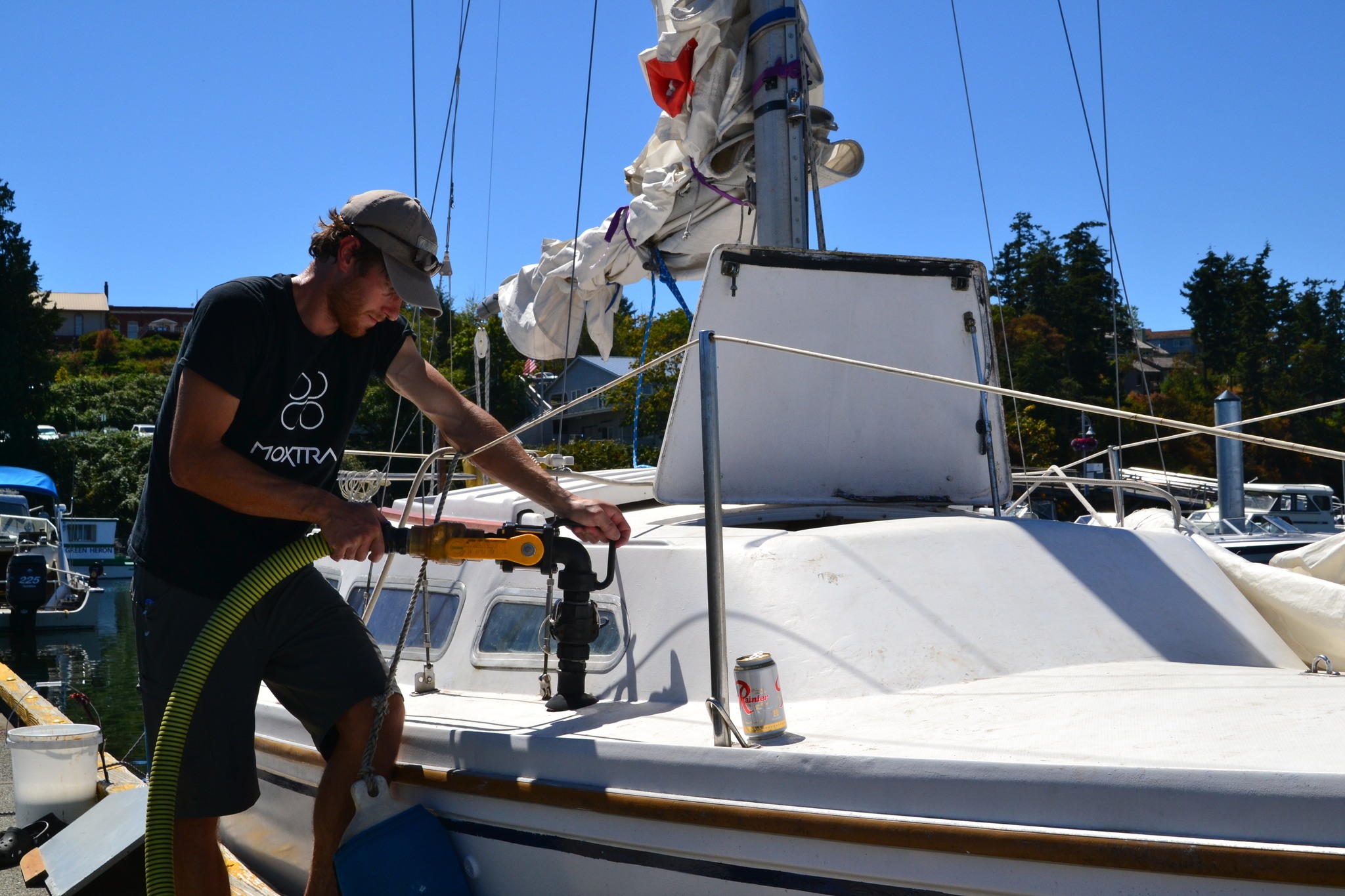The Washington Department of Ecology has requested that the Environmental Protection Agency ban boats from pumping treated sewage into Puget Sound in an effort to improve water quality and protect shellfish beds and swimming beaches from harmful bacteria. The area affected would go as far west as Sequim and up to the Canadian border to the north.
According to the Dept. of Ecology spokesman Larry Altose, the state of Washington cannot create its own regulations governing Puget Sound, because it connects to international waters and falls under federal jurisdiction. Under federal law, boats are allowed to discharge untreated sewage into the Puget Sound, and treated sewage can be discharged within three miles of shore. However, rarely will a marina allow a vessel to pump sewage directly into their harbor.
“I could not believe there were recreational boat owners complaining (about the ban). The tugs and/or fishing vessels maybe, particularly the larger ones that are older.” said Port of Friday Harbormaster Tami Hayes. “You would be hard pressed to find any marina in Washington public or private that allows its customers to pump overboard.”
Roche Harbor Harbormaster Kevin Carlton didn’t see how this would affect boaters in his marina either. Since Roche Harbor offers free pump out service, and boaters will often report other boaters discharging in the harbor.
According to the Washington State Department of Health, this would allow shellfish farming to be expanded in the Puget Sound.
“Sewage released from boats puts bacteria and viruses directly into Puget Sound waters, making shellfish in some areas unsafe to harvest,” said state secratary of health John Wiesman in a press release, which operates the program that ensures Washington’s shellfish are safe to eat, according to the Department of Ecology. “Once a no-discharge zone is in effect, we expect to open more than 700 acres of shellfish areas near moorages for commercial and recreational harvesting.”
Washington leads the country in production of farmed clams, oysters and mussels with an estimated $270 million total economic contribution.
According to the Department of Ecology, modern 30-plus-foot boats already have sewage storage tanks, which are pumped at one of the 102 pump out locations aroundPuget Sound. The ban would affect 2 percent of vessels, which are older and don’t have sewage storage tanks.
“Our proposal gives this important sector time to dovetail these replacements with their major maintenance schedule and to spread their costs,” said Ecology Director Maia Bellon in a press release. “Five years should help the 2 percent of Puget Sound vessels that need to make retrofits.”
According to the Department of Ecology, the zone of protection from vessel sewage would encompass 2,300 square miles and include all marine waters east of New Dungeness on the Strait of Juan de Fuca, plus Lake Washington, Lake Union and the waters that connect them to Puget Sound.



